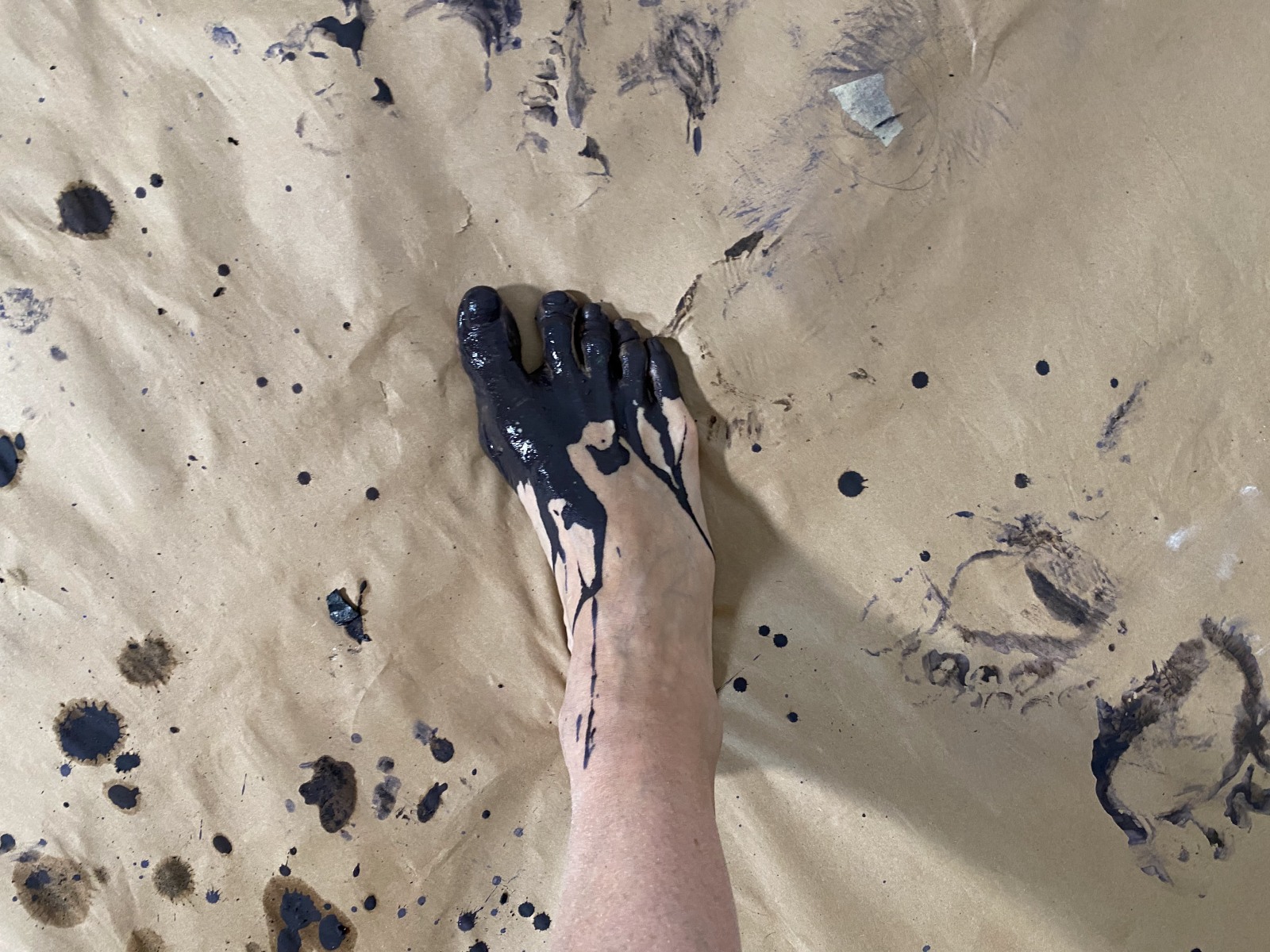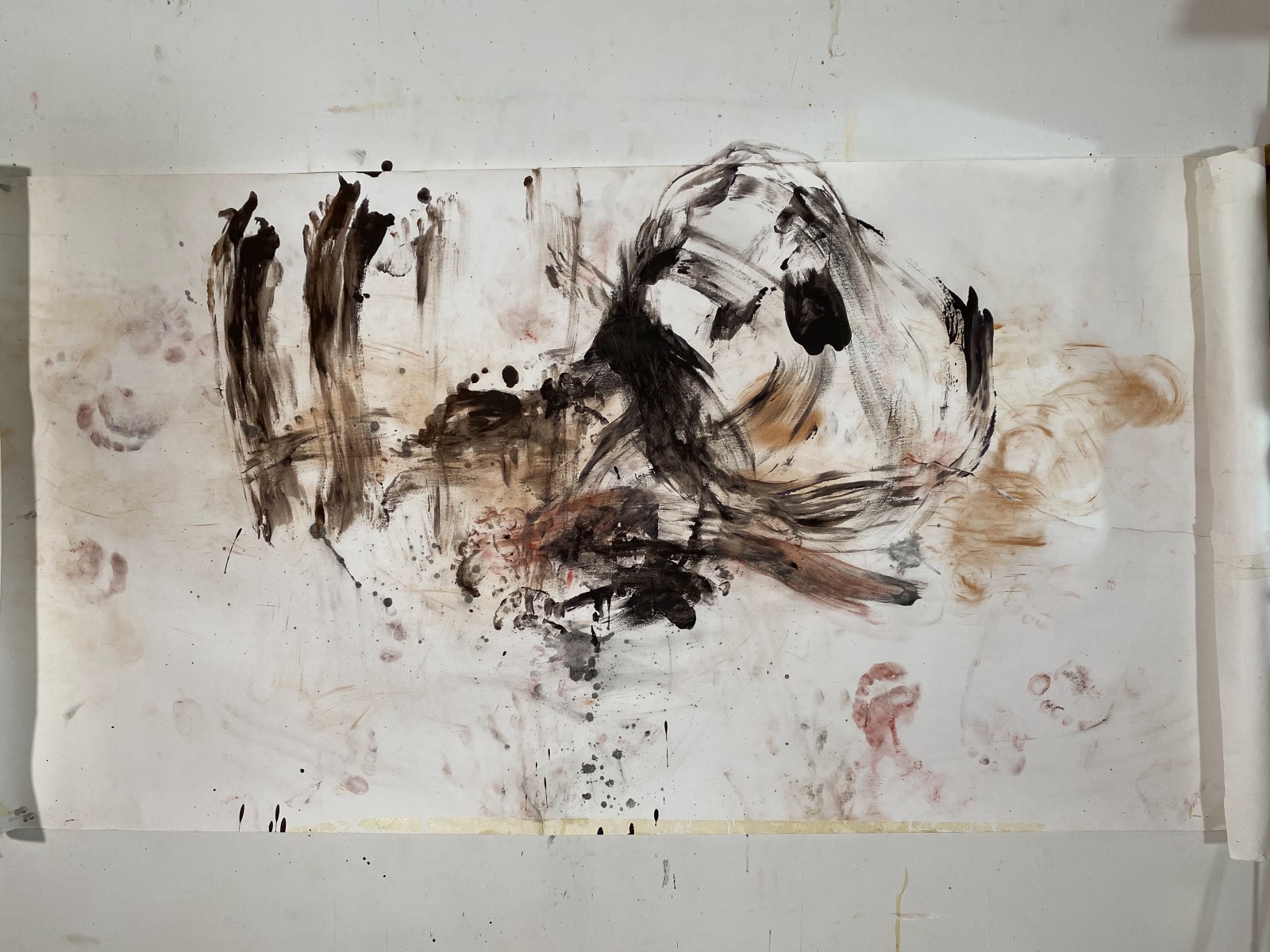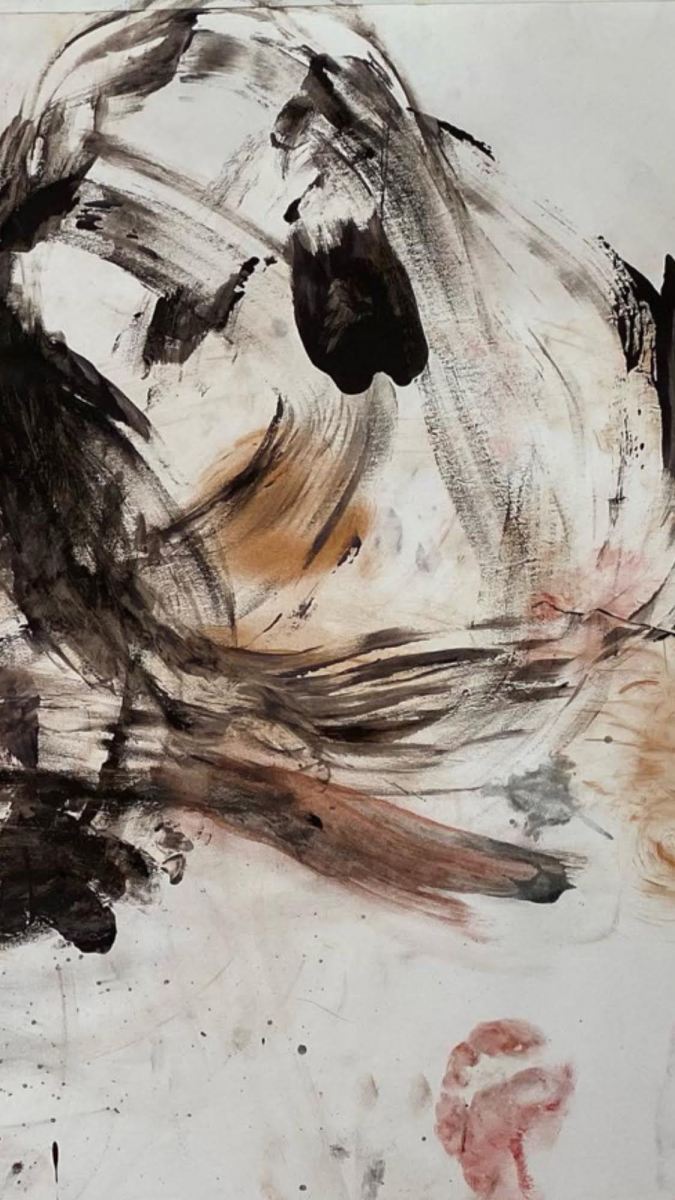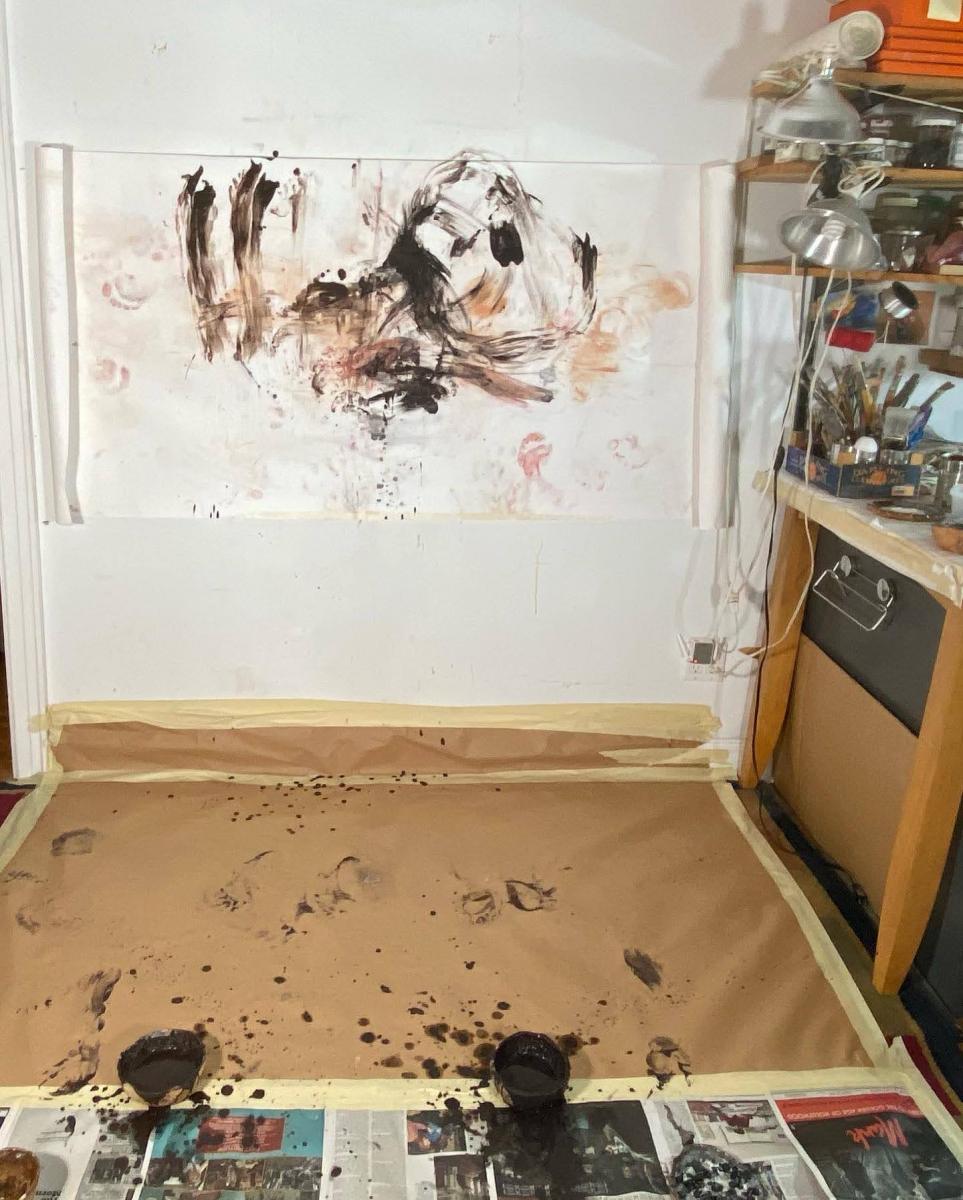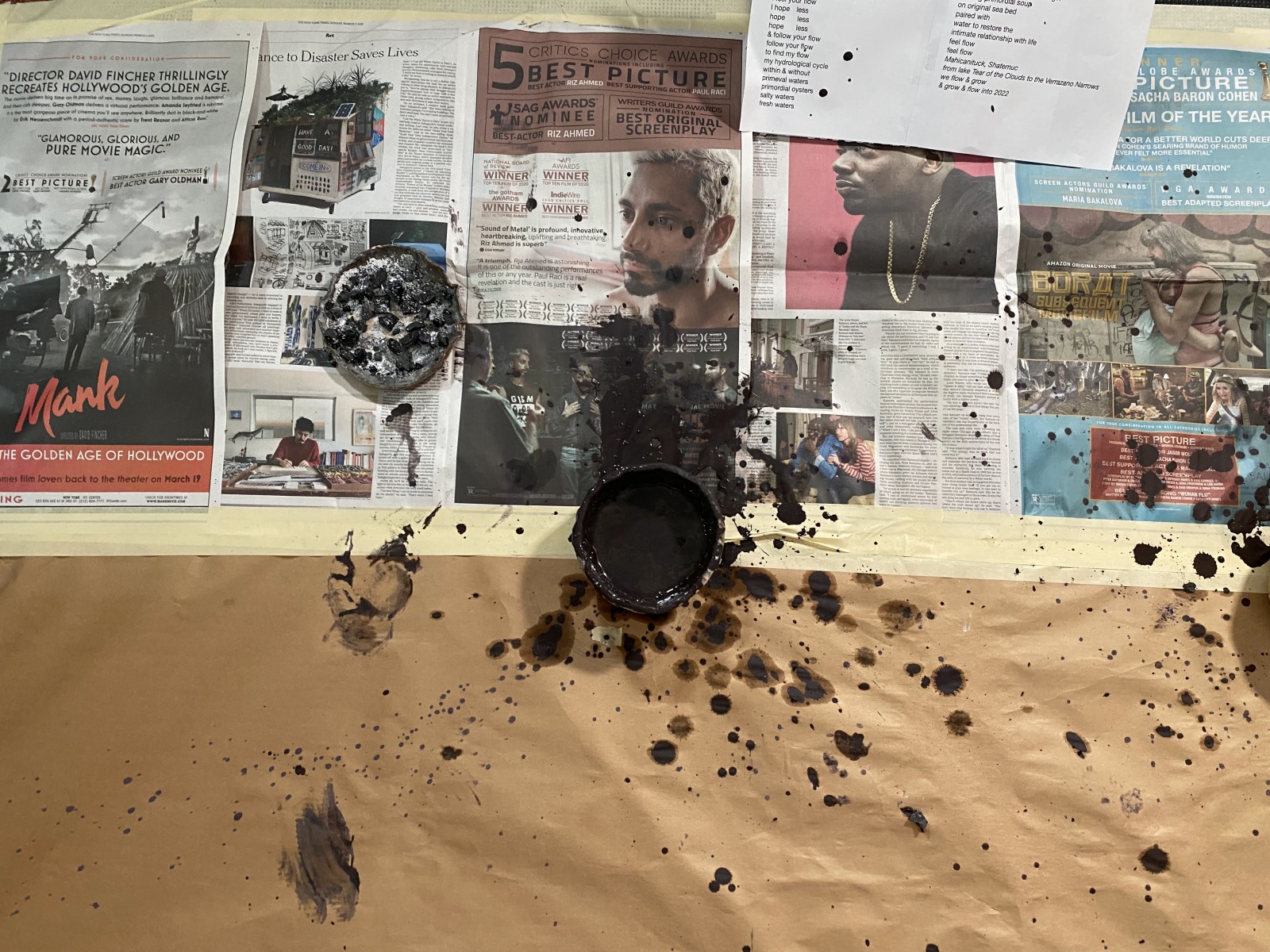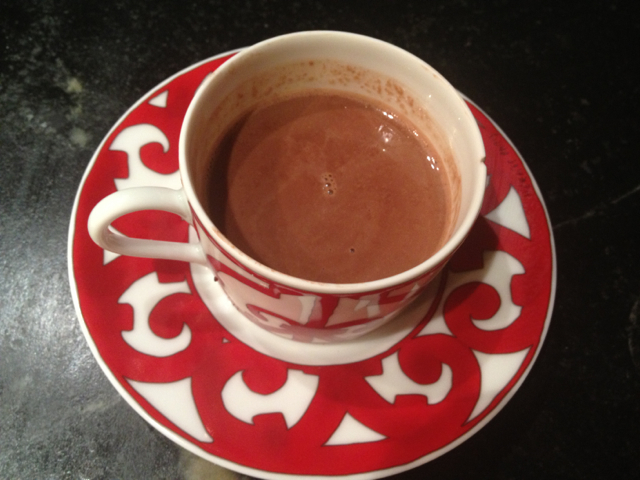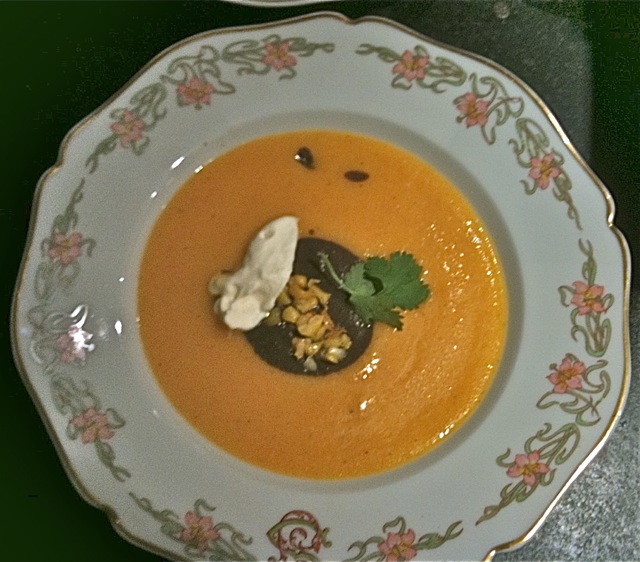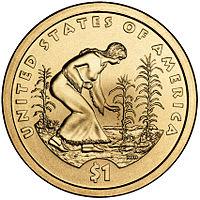Wishing you a smooth, loving & healthy flow in 2022 despite the complexities we are all going through these days.
So, onward into the new year & on January 1st, I performed a new Karstic Action: Be Like Water (video below) for the Poetry Project’s 48th Annual New Year’s day Marathon. My three minute performance was live streamed at around 7:30PM EST. The piece is dedicated to artist Betsy Damon. Back in October I was privileged to perform a sound scape I created for her performance Listen, Respect, Revere presented at La Mama Gallery during her solo show PASSAGES: RITES AND RITUALS curated by Monika Fabijanska. Betsy’s radical performance practice from the 70s & her relentless worldwide eco-activism inspires, energizes, & prompts action. Hence the Karstic-Action Be Like Water, a performance precipitated by the proximity of great water in my close environment. I have lived on the shore of Shatemuc since 2007 (in Bayridge, Brooklyn) & before that on the shores of Mahicanituck (Albany, NY 1992-2007). Different names for the same river, whether it is the Mohican’s name upstream or the Lenape’s name downstream, the meaning remains the same: “the river that flows two ways,” — thus not just a river, but a tidal estuary, an arm of the sea where salty seawater meets fresh water running off the land. Today we call her Hudson River, after the English navigator Henry Hudson who in 1609 sailed the “Halve Maen (Half Moon),” a Dutch East India Company three-masted flyboat, upstream to Pem-po-tu-wuth-ut or Sche-negh-ta-da, today Albany, NY
These waters, these lands had long been navigated & populated by native peoples— for at least 10 000 years. But what is left of the 9500 years of these rich & complex layers of life, history, culture? Karstic-Action Be Like Water was broadcast from my studio in Bay Ridge — in the southwest of Brooklyn, located on a terminal moraine created by receding glaciers around 13,000 years ago along the Verrazano Narrows. This land belonged to the Lenape people & there is local evidence of their dwelling here since 4500 BC. The Lenape belong to the Algonquin civilization & spoke Munsee. Given their predominantly oral culture, early written documents are rarely accurate as they come to us from the first colonizers who knew neither their culture nor their language. Like the other Natives, the Lenape have been dispossessed, displaced, practically exterminated. The colonizers also usurped & changed the names of rivers, valleys & mountains which in their languages had held important geographical & linguistic information. From the beginning on the European infiltration started to obliterate the ecological equilibrium of their sustainable land- & water-based environment. Before Henry Hudson, the Florentine Giovanni de Verrazano visited the narrows in 1524, sent by the French king, François 1er. A Brooklyn Eagle article from 1911 reports that graves have been found on the Bliss Estate, or what’s now called Owl’s Head Park. “This is known as Indian Mound, for here Indian relics and bones have been found.” This mound —part of the moraine mentioned above, is my neighborhood park & I visit it almost everyday when I am in Bay Ridge.
Karstic Action: Be Like Water is the distillate of the geological, historical, environmental information I acquired over the years, succussed into a 3-minute performance. This work is in the lineage of the KARSTIC-Actions Paintings open-ended series of live performances I started in 2011. They explore proprioception (sense of body position) & kinesthesia (sense of body movement), as meeting points between painting, poetry, voice, music, ecology, geology, history. “Karstic” refers to the geological phenomena of dissolution & transformation at work in the formation of superficial or underground limestone topographies. By a similar principle of infiltration, language transforms into poem, breath into song and colored chalk become pastel into marks on paper or canvas. Always “in/quest of” equilibrium through an ecological consciousness in the literal meaning of that term: greek οἶκος / oîkos/ house, household, dwelling & λόγος / lógos/ discourse, thus science of dwelling.
The sound track was pre-recorded (recording & mixing courtesy of Miles Joris-Peyrafitte) to allow me to focus on the physical performance aspect. The text is an assemblage of the “Mahicanituck” song written for the performance “The Bi-Continental Chowder” in the early 2000s & of a second part written over the past week. The background of the live painting is a sheet of paper used as a floor covering & saved from a 2015 action painting. The pigments were a mixture of chewed charcoals burned in the fireplace of our house in my native Pyrenees, pure calcium carbonate (calcite), Ercolano red, terre verte Brentonico, Chefchaouen blue, French clay, bauxite de Tourves, sand from the Narrows; all mixed with water & applied with the feet while in headstand (Salamba Sirsasana II).
Text:
Be Like Water
for Betsy Damon on New Year’s day 2022
Mahicanituck, Shatemuc
from lake Tear of the Clouds
she flows & grows
& grows & flows
to meet the Atlantic Ocean at the Verrazano Narrows
Mahicanituck, Shatemuc
great water constantly in motion
great water that flows two ways
they call you Hudson today
we cannot drink your water anymore
we cannot eat your fish or oysters anymore
we cannot swim from your shores anymore
but Mahicanituck, Shatemuc
I feel your flow
I feel your flow
I hope less
feel flow
hope less
feel flow
feel flow
my hydrological cycle
primeval waters
primordial oysters
salty waters
fresh waters
with the bonobos following the Congo trail
waking wading dwelling from canopy to water
defying that water was “ubered” by an asteroid or comet
but steamed out 4.3 billions years ago
hope is not a strategy
hope is a belief
water was already here
immanent not transcendent
the crucible of non-living & living worlds
feel flow
feel flow
feed flow
feed flow
On the menu du jour: life’s origin
serving primordial soup
on original sea bed
paired with
water to restore the
intimate relationship with life
feel flow
feel flow
Mahicanituck, Shatemuc
great water constantly in motion
great water that flows two ways
we grow & flow
& flow & grow








